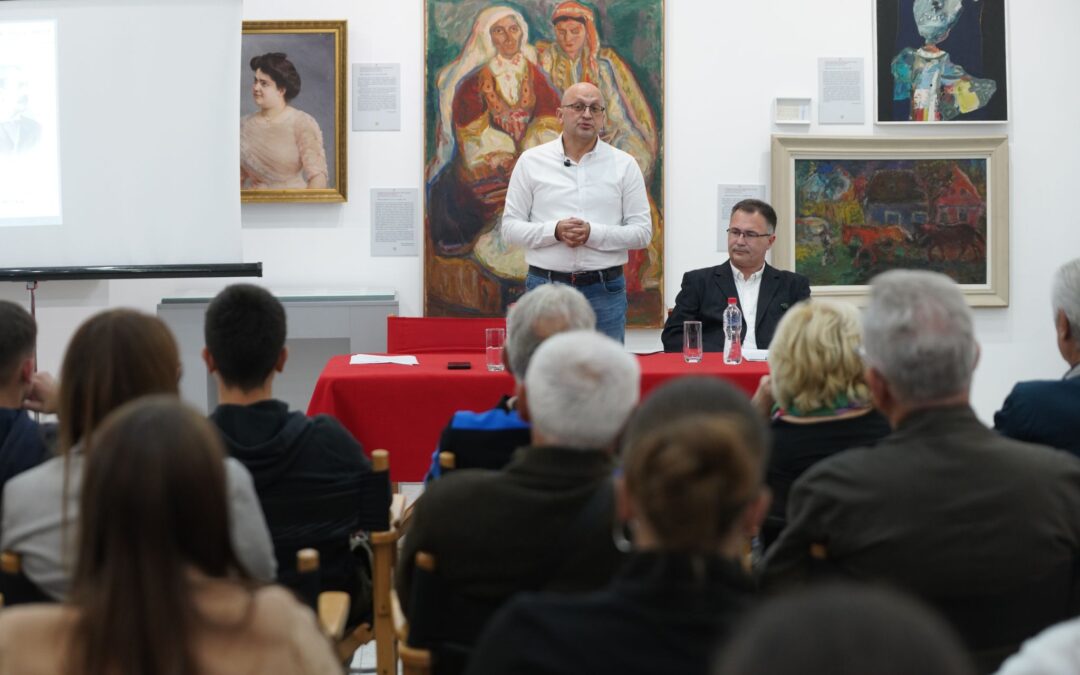Lecture by Aleksandar Marušić, Senior Curator of the Museum of the Rudnik and Takovo Region, titled “Between the Throne and the the Pursuit of Personal Happiness: King Milan Obrenović and Artemiza Hristić” was held at the Gallery of the National Museum Kraljevo, on Tuesday, September 30th, 2025, starting at 7 p.m.
At the beginning, the audience was welcomed by Darko Gučanin, Director of the National Museum Kraljevo, who emphasized that King Milan left a deep mark on Serbian history – achieving territorial expansion and independence, introducing a national currency, founding the National Theatre, Library, and Museum, and laying the foundations of the modern army. Yet, his private life and marital conflicts with Queen Natalija often overshadowed his political achievements. The aim of the lecture, therefore, was to shed light on lesser-known details of his intimate life and to distinguish fact from rumor.
The audience was then introduced to the biography of Aleksandar Marušić, historian from Gornji Milanovac and author of numerous works and exhibitions, including the notable project “The Obrenović Dynasty in Museum and Other Collections of Serbia and Europe.”
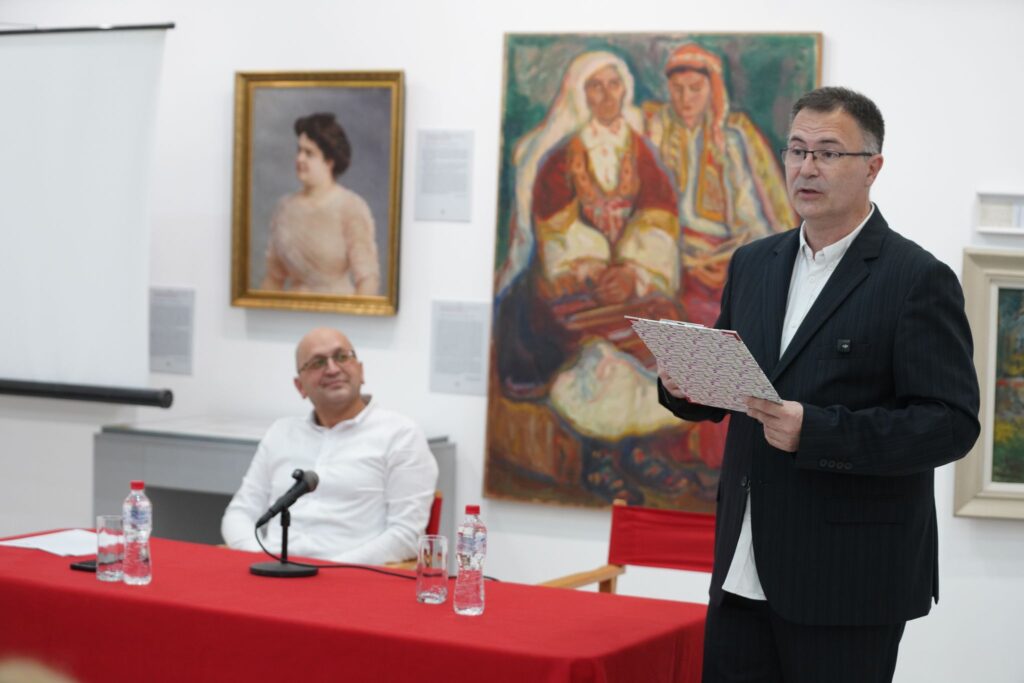
Aleksandar Marušić began his lecture by recalling the Obrenović royal house, which gave Serbia five rulers over 72 years. He noted that two of the four royal women – Princess Ljubica and Queen Draga – originated from the Rudnik and Takovo region. A recurring theme among the dynasty’s rulers was turbulent relationships with women: Prince Miloš fathered at least eleven illegitimate children, while Prince Mihailo left behind an illegitimate son, Velimir Teodorović, a great patriot whose estate funded the Velimirijanum endowment, active until 1977.
Both Prince Miloš and Prince Mihailo were known for their affairs—Mihailo’s unhappy marriage to Princess Julija led to a scandalous relationship with his cousin Katarina, which nearly ended in marriage had it not been for his assassination.
King Milan Obrenović, descendant of Jevrem Obrenović, was born in 1854 in Wallachia to Miloš Obrenović and Maria Katardži. His parents’ marriage was troubled, and Milan lacked a stable upbringing. At just 14 years old, he was pulled from his education in Paris and brought to Serbia to inherit the throne following the assassination of his uncle, Prince Mihailo. He arrived in a country where he was not warmly received, and it was in these circumstances that his personal life began to unfold.
Before marrying Natalia Ketchko, there were discussions among regents and government officials about marrying Milan to a Russian princess. Candidates included Vera, daughter of Duke Konstantin, and Princess Christina, from a lesser branch of the imperial family. However, Serbia’s status as a vassal principality made such alliances unlikely.
During a trip to Vienna, Milan met the beautiful Moldavian noblewoman Natália Ketchko and proposed after just ten days. This impulsive decision surprised the Serbian government.
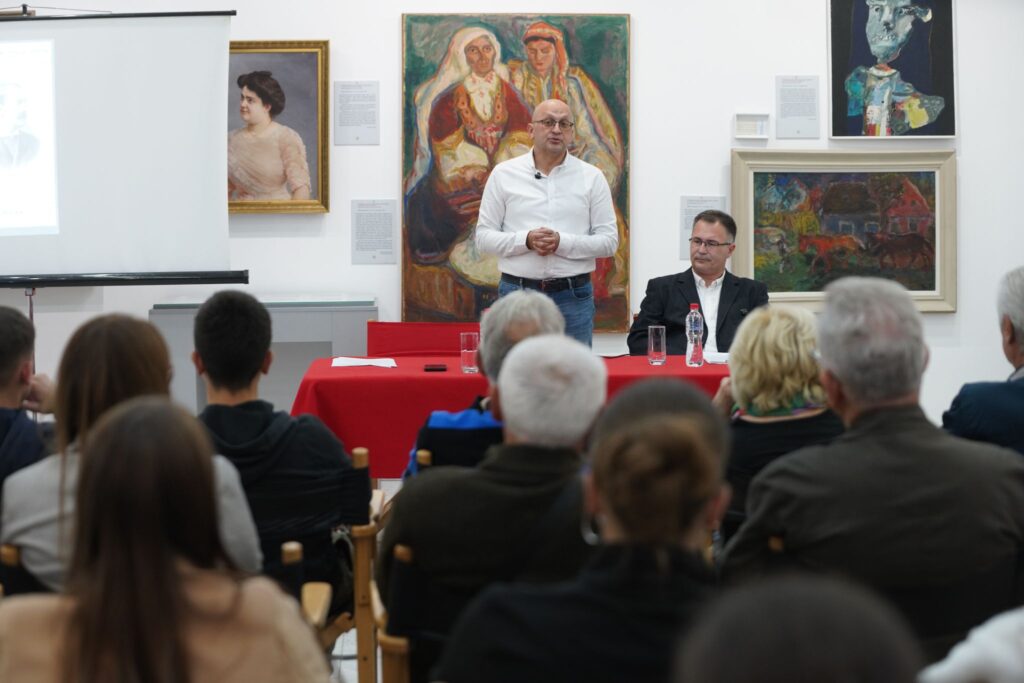
This love at first sight was crowned with marriage, but due to the events of the war, the wedding ceremony, which was held in the Cathedral Church, overshadowed by ominous signs – white horses pulling the wedding carriage stopped unexpectedly, and the sky darkened dramatically upon the couple’s arrival at the palace.
The royal couple enjoyed three to four years of idyllic love and were considered exemplary by contemporaries. Their marriage was blessed with a son, Alexander, and another son, Sergey, who lived only five days.
Milan’s romantic entanglements began with Leposava Ivković, a widow he loved before marriage. During walks to Topčider, Milan and Natália would pass her house, where Leposava provocatively watched from the window, causing tension. Another marital conflict arose over naming their son –Natália, a Russophile, wanted Alexander, while Milan preferred Miloš, after the dynasty’s founder.
A scandal followed Milan’s affair with his young cousin Mishon, deeply upsetting Queen Natália. Though she remained faithful, she was rumored to have had close ties with Jovan Žujović, and later with Austro-Hungarian and Italian diplomats. One of Milan’s many mistresses was Mica Protić, wife of General Protić. In a bizarre episode, she gifted Milan five jars of preserves, which, upon chemical analysis ordered by Queen Natália, were found to contain hashish and other drugs.
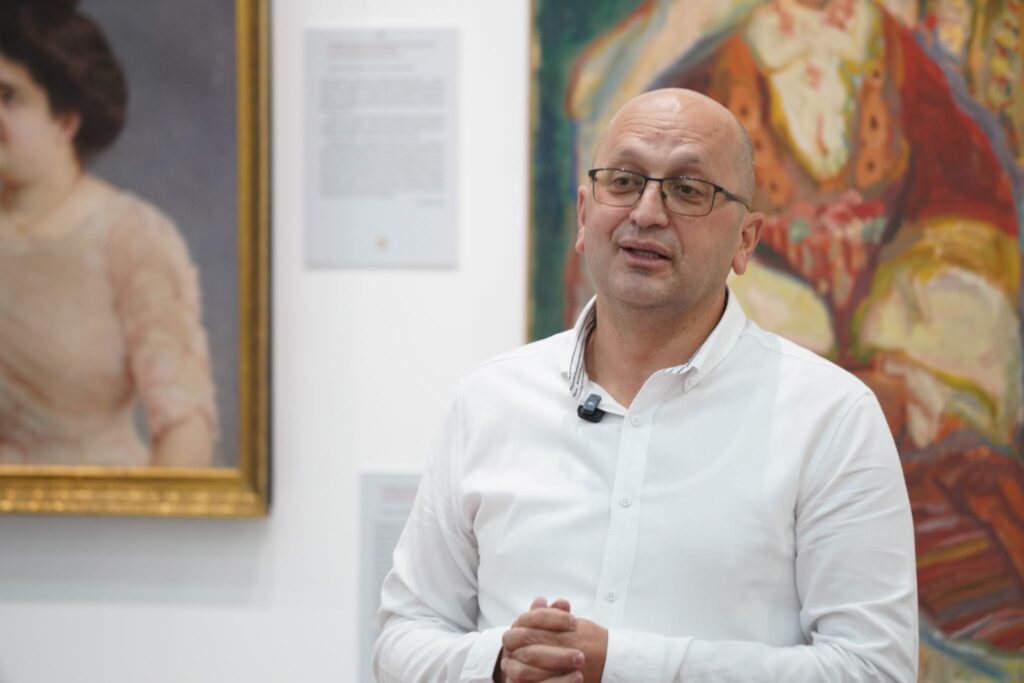
In 1872, Milan met Milan Hristić, son of Filip Hristić, a prominent statesman. Milan Hristić was married to Artemiza Yoanidis, daughter of a Constantinople architect and supplier to Balkan courts. Born in 1849, Artemiza was elegant, charismatic, and fluent in four languages. After returning to Belgrade, the Hristić family settled near the royal palace. At elite balls, King Milan noticed Artemiza’s charm and beauty, and their affair soon became a public secret. Milan would arrive at her home in a carriage, bearing flowers, fueling tabloid gossip. At one point, Milan Hristić even served as the king’s personal secretary.
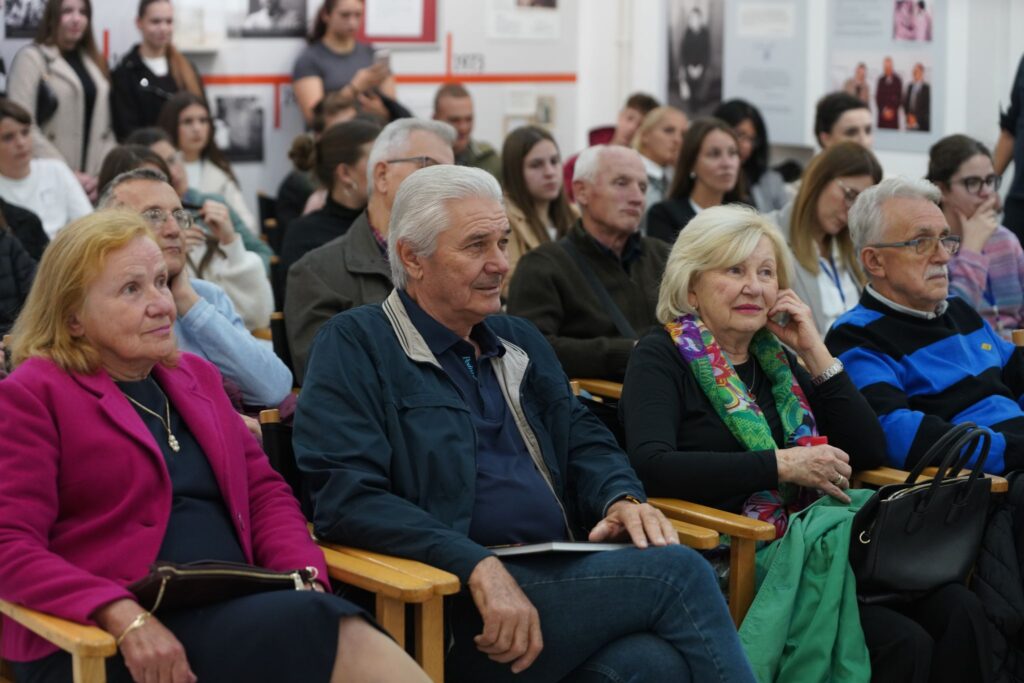
Čedomilj Mijatović was of the opinion that Artemisa was a Russian agent and that she influenced the king’s decision to abdicate. After the revelation of this affair and the king’s divorce, due to plans to marry his mistress, Artemisa and Milan Hristić divorced, after which she moved to Constantinople, where in April 1889 she gave birth to a son, George, Milan’s illegitimate son. Milan gave Artemisa a luxurious set of porcelain dishes for 6 people, the kind that only royal families could possess. After the divorce, Milan Hristić, to whom the set belonged, gave it to his sister Draginja, whose descendants, due to moving abroad, offered the set to the museum for sale. The Museum of the Rudnik-Takovo Region, being in the process of being established, thus came into possession of this valuable exhibit that testifies to this love. King Milan’s journey to the East, to which the current exhibition is dedicated, certainly coincides with the time of his mistress’s birth. In the years that followed, from the constant correspondence between Milan and Artemisa, it is possible to reconstruct the plans for a wedding, which did not come to pass, and then the evident love that Milan felt for his son. Pressured by gambling debts and financial misfortunes, the king slowly cooled off and distanced himself from Artemisa. However, in 1894, she came to Paris and demanded marriage from him, which led to the collapse of this relationship and showed the king’s fickle nature. Artemisa returned to Constantinople, where she lived in seclusion until her death in 1929.Her son George, who was a pretender to the Serbian throne, had a turbulent life that ended in 1925. The relationship with Artemis, which ranged from passion to hatred, nevertheless remained in the shadow of Milan’s relationship with Queen Natália, who characterized the king as a man of extraordinary intelligence, but without any manifestation of will. The consequences of this turbulent emotional and marital life of King Milan certainly left the greatest mark on the shaping of the personality of his son Alexander, who, through a series of tragic circumstances, would be the last ruler of this dynasty.
The audience followed the lecture with great interest, as it revealed a lesser-known side of King Milan Obrenović’s life and brought to light one of the most captivating love stories in 19th century Serbian history.
